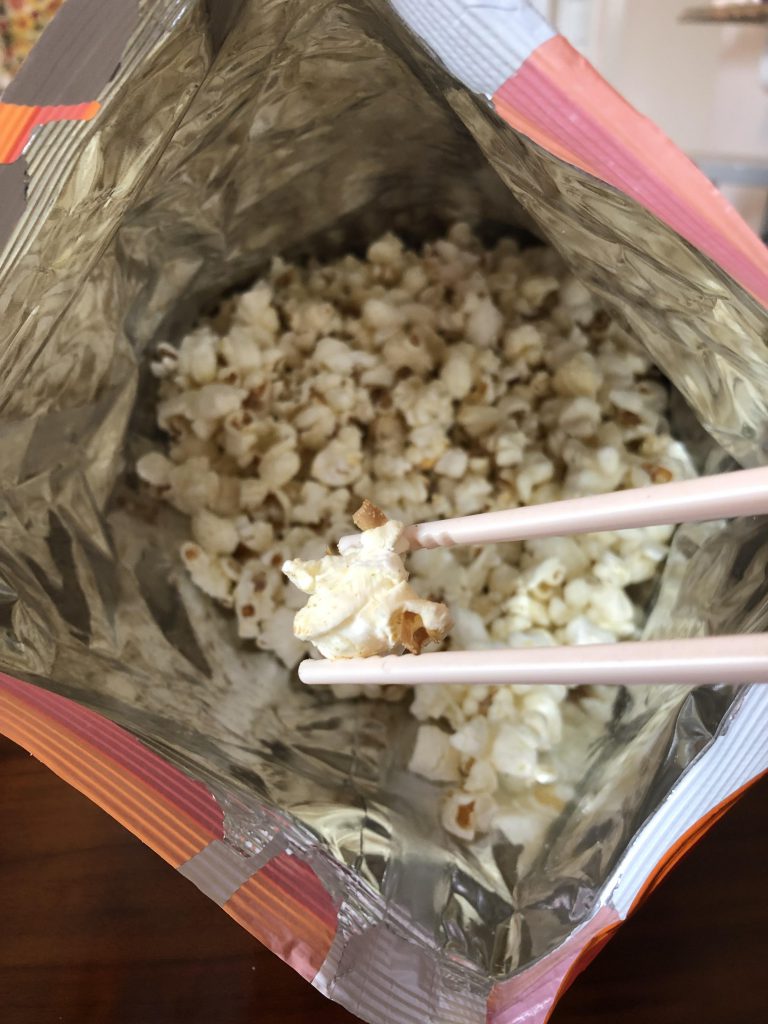
In this activity (created by Dr. Eliane Boucher), students will participate in a simplified version of the first study conducted by O’Brien and Smith (2019). In this study, participants were instructed to eat a familiar food (popcorn) in a conventional or an unconventional way (with chopsticks). Participants then rated how enjoyable the food was (note that the authors also measured a proposed mediator, immersion, and also had more than one trial, but this study is being simplified to allow students to participate in a simple two-group study and then compute the independent-samples t-test on their own).
First, randomly assign participants to one of two conditions (conventional method, unconventional method) and then have them try a familiar food of your choosing using either the conventional method, or unconventional method. The included materials have been written for a manipulation in which students ate a donut hole (munchkin) with their hands (conventional) or with their hands behind their back (unconventional), but can be adapted for your own manipulation or for the original study’s two conditions (eating popcorn by hand, or with chopsticks). Students should then complete the food enjoyment scale and return to you.
Tabulate the results for each participant, in each condition for the class, then have students conduct the independent-samples t-test and report their results. This activity has been designed to be performed by hand, but could be run in a statistical program like SPSS as well. The data table has been set for 10 participants per condition and will need to be adapted if your sample size is larger.
Potential modifications to this assignment:
This assignment could be expanded into a formal writing assignment by asking students to review the previous literature (including the original study reference) and write a full APA-style paper.
This activity could be adapted for within-subjects designs and t-tests for dependent means by having participants eat the food using both the conventional and unconventional method, and counterbalancing the order in which they use each method of eating.
Original Study Reference: O’Brien, E., & Smith, R.W. (2019). Unconventional consumption methods and enjoying things consumed: Recapturing the “First-Time” Experience. Personality and Social Psychology Bulletin, 45, 67-80.
Please click here for the file.

